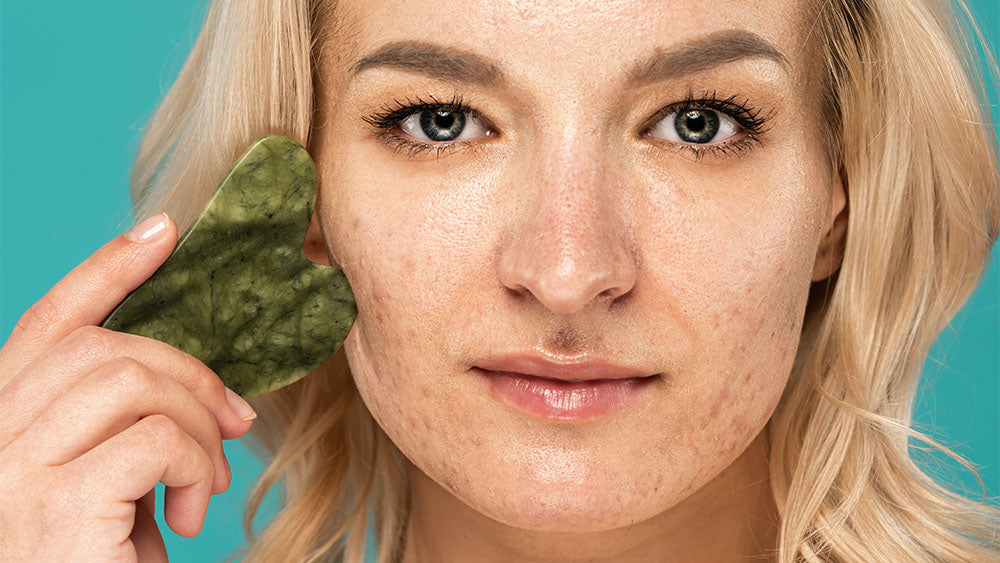Acne Struggling to Say Goodbye?
If you’ve ever battled breakouts, you’re probably familiar with the unwelcome aftereffects that linger—acne scars. These marks can hang around long after the pimples have disappeared, but the good news is that understanding what causes scarring can help you address it effectively. Not all acne scars are created equal, and each type has its own unique characteristics and treatment needs.
Let’s break it down:
Types of Acne Scars
1. Atrophic Scars
• These are the most common types of scars, and they include:
•
Ice Pick Scars: Small, deep holes that resemble enlarged pores.
Boxcar Scars: Broad, shallow depressions with well-defined edges.
Rolling Scars: Wave-like depressions caused by uneven skin healing.
2. Hypertrophic Scars
• These raised scars form when the skin produces too much collagen during the healing process. Unlike atrophic scars, hypertrophic scars sit above the surface of the skin.
•
3. Post-Inflammatory Hyperpigmentation (PIH)
• While technically not a scar, PIH refers to the dark marks or discoloration left behind after acne heals. These marks can fade over time but often feel as stubborn as scars.
•
Understanding the type of acne scars you’re dealing with is crucial for choosing the right treatment.
What Causes Acne Scarring?
Several factors contribute to acne scars, and knowing these can help prevent future damage:
1. Inflammation
• Severe inflammation can damage skin tissues, making it harder for the skin to heal properly. The more intense the inflammation, the greater the likelihood of scarring.
•
2. Picking and Squeezing
• It’s tempting to pop a pimple, but doing so disrupts the healing process and increases the risk of infection, further inflammation, and scarring.
4. Genetics
• Your skin’s ability to heal and how it responds to acne inflammation may be influenced by your genetic makeup. Some people are simply more prone to scarring than others.
Operation Fade Away: How to Heal Acne Scarring
Treating acne scars requires patience, consistency, and the right products. Here are some proven solutions to help fade scars and smooth your skin:
1. Vitamin C
• Why It Works: Brightens dark spots, boosts collagen production, and helps repair damaged skin.
• How to Use: Incorporate a Vitamin C serum into your daily skincare routine, applying it after cleansing and before moisturizing.
• Pro Tip: Pair it with sunscreen for maximum effectiveness.
2. Niacinamide
• Why It Works: Soothes inflammation, improves skin texture, and evens out skin tone.
• How to Use: Apply a niacinamide-based product (such as a serum or moisturizer) daily to calm and restore skin.
• Pro Tip: Niacinamide pairs well with other actives like hyaluronic acid and Vitamin C.
3. SPF
• Why It Works: Prevents scars from darkening and shields your skin from UV damage, which can worsen discoloration.
• How to Use: Apply a broad-spectrum sunscreen (SPF 30 or higher) every morning, and reapply throughout the day as needed.
• Pro Tip: Look for sunscreens with added antioxidants for extra skin protection.
Consistency is Key Healing acne scars doesn’t happen overnight, but with the right care and products, you can significantly improve your skin’s texture and appearance. Remember, addressing acne scars is a journey—and each step you take brings you closer to smoother, more radiant skin.
Say goodbye to those stubborn scars and hello to confidence! You’ve got this.

